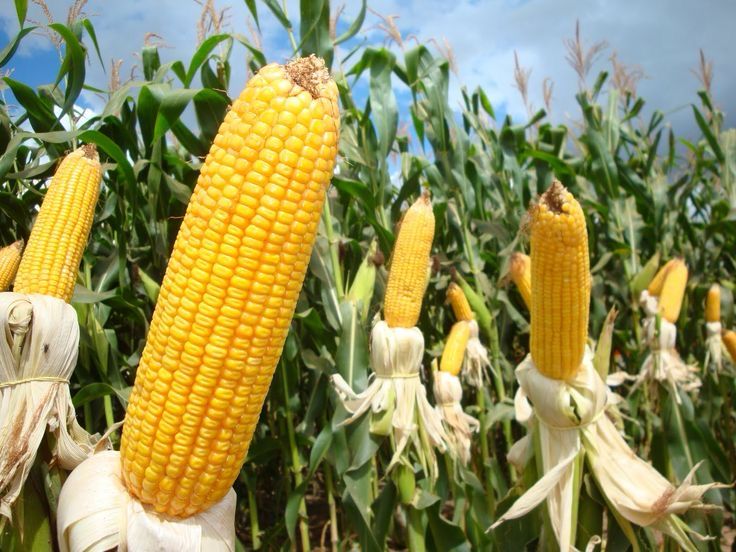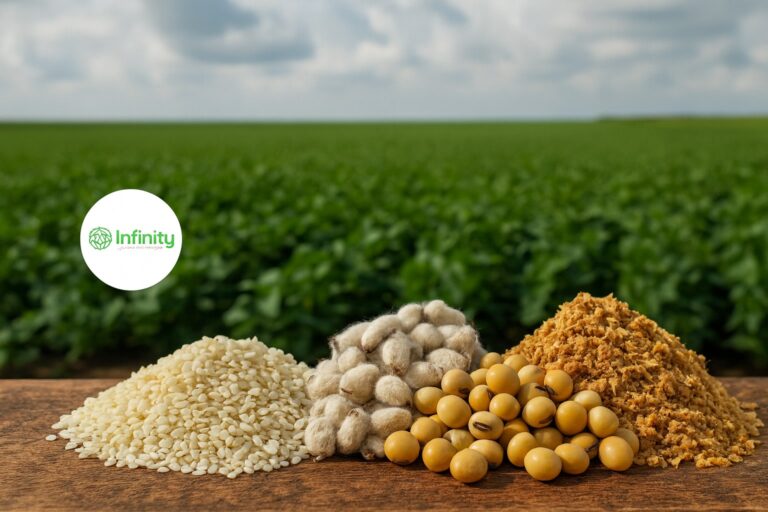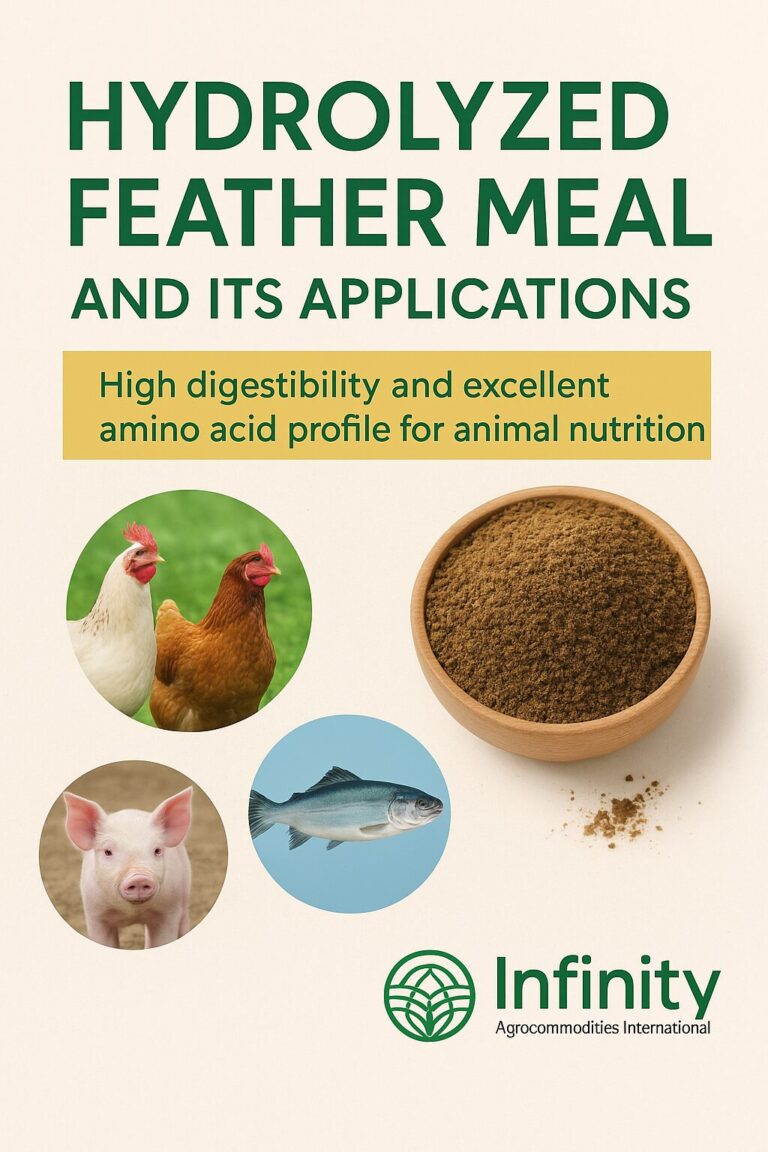Corn Commentary: A new university-based fungicide calculator can help you make better application decisions.
“We still recommend scouting fields through grain fill so that you know if disease pressure takes off again,” advises Dan Quinn, Purdue Extension corn specialist in Indiana. That advice stands even if you sprayed fungicides on corn earlier in the summer.
Most fungicides only provide residual protection for two to three weeks, Quinn notes. Diseases like tar spot and southern rust can come in late, hard and fast.
You might argue that you don’t intend to spray more fungicide even if disease pressure intensifies. One primary reason for that point of view is $4-per-bushel corn in 2024.
Quinn counters that you’re better off making a more informed decision. “Know if there is anything in the field and then decide,” he suggests.
Quinn serves as adviser on the Corn Commentary project, which monitors progress of a 45-acre cornfield in central Indiana. Now deep into grain fill, the field was sprayed for gray leaf spot in late July. So far, neither tar spot nor southern rust has been spotted there.
New fungicide calculator
The Crop Protection Network, a university- and Extension-based collaboration in the U.S., just released the beta test version of The Corn Fungicide ROI Calculator.
This calculator makes it possible to run “what-if” scenarios and is especially useful for illustrating how corn price and expected yield potential impact fungicide decisions. Designed to be used when making initial fungicide decisions, it might also be useful as a guideline if you are considering a second spray application. The calculator is based on data from university performance trials with several leading fungicides. See the website for a full list of assumptions made in putting the calculator together.
Here are examples using the calculator that illustrate how changing variables like corn price or expected yield potential could affect your decision-making process. For scenarios 1 through 4, assume an end-of-season disease severity level of 5%.
1. 180 bushels per acre at $5. Fungicide cost per acre ranges from $37.42 to $19.38 for 12 brand-name products included in the calculator. These represent fungicides included in university trials over the past three years. Net benefit per acre, in terms of increased yield times price minus expenses for the fungicide, ranges from $10.43 to a loss of $21.11.
2. 180 bushels per acre at $4. Net benefit per acre drops, ranging from $2.21 to a loss of $24.37. Breakeven probability for the most profitable fungicide option drops from 51.4% with $5 corn to 46% with $4 corn.
3. 225-bushel-per-acre potential at $5. Expected net benefit per acre peaks at $20.70 with the top fungicide option, with a 55.1% probability of breakeven, ranging to a loss of $17.58 for the least-profitable product.
4. 225-bushel-per-acre potential at $4. Net benefit per acre ranges from $10.43 for the best performer to a loss of $21.11.
5. 225-bushel-per-acre potential at $4, 10% disease severity (severe tar spot or southern rust outbreak). Net benefit per acre jumps back to a range of $9.31 to negative $19.21.
Across the rows:
Moving toward finish line, dodging bullets
Here is how corn is shaping up across the Midwest:
In Iowa. “The biggest surprise — so far — is minimal disease despite wet weather. However, that could change. Tar spot potential is still a concern, particularly with cooling temps later in the week of Aug. 5. But lots of heat early that week should cook it, hopefully for a while.” — Gil Gullickson, editor of Wallaces Farmer
In Missouri. “More interesting diseases are starting to show up in our plant diagnostic lab,” says Peng Tian with the University of Missouri Plant Diagnostic Clinic. Based on the lab’s six-month report ending June 30, gray leaf spot, tar spot, common rust and southern rust samples were diagnosed most frequently for corn.
In Kansas. Gray leaf spot and southern rust are showing up now in south-central Kansas. — Jennifer Latzke, editor of Kansas Farmer
In Illinois. “Many fields have fairly saturated soils, but I have not noticed any ponding. Overall, crops are looking very good and progressing well. I have not seen excessive disease or pest pressure in most fields. Corn is at R3 (milk), and soy is at R5 (beginning seed). Weeds are getting very large in some fields though,” — Emily Hansen, commercial agriculture educator, LaSalle County, as reported in the Illinois Bulletin, a Farmdoc publication
In Ohio. “In Ohio, we are paying close attention to DON infection — the fungus that produces vomitoxin,” says Tadd Nicholson, executive director of Ohio Corn and Wheat, while noting updated information can be found through Ohio State University’s Agronomic Crops Newsletter published on July 15
In Michigan. Timely rains across most of the state have set Michigan up for strong corn yields, according to Kristin Poley, director of research and agronomy at Corn Marketing Program of Michigan. Development has been ahead of pace throughout the growing season, with two-thirds of the crop at silking or beyond. Sixty-six percent of Michigan corn was rated in good or excellent condition, according to the USDA NASS crop report as of July 29.
“High humidity and consistent moisture have elevated disease concerns, particularly for tar spot,” Poley says. “Tar spot has been detected in 17 counties across the state so far, and we expect more detections as August continues. Many producers have been applying fungicides, and this will continue for the next couple of weeks until corn progresses beyond the milk stage.”





